Consumer Awareness and Education
Consumer awareness and education are crucial drivers of the Sustainable Electrostatic Discharge Packaging Market. As consumers become more informed about the environmental impacts of packaging, their purchasing decisions increasingly reflect their values. This heightened awareness is prompting companies to prioritize sustainability in their packaging strategies. Market Research Future indicates that consumers are willing to pay a premium for products that utilize sustainable packaging, which is encouraging manufacturers to invest in eco-friendly electrostatic discharge packaging solutions. Educational campaigns and initiatives aimed at promoting sustainable practices are likely to further enhance consumer understanding and demand. As awareness continues to grow, it is anticipated that the industry will experience a shift towards more sustainable packaging options, aligning with consumer expectations.
Regulatory Pressures and Compliance
Regulatory pressures are increasingly influencing the Sustainable Electrostatic Discharge Packaging Market. Governments and regulatory bodies are implementing stringent guidelines aimed at reducing plastic waste and promoting sustainable practices. These regulations compel manufacturers to adopt eco-friendly packaging solutions that comply with environmental standards. The market is responding to these pressures by innovating and developing sustainable electrostatic discharge packaging that meets regulatory requirements. Data indicates that companies that proactively align with these regulations are likely to gain a competitive edge, as consumers favor brands that demonstrate environmental responsibility. This regulatory landscape is expected to evolve, potentially leading to more stringent requirements in the future, thereby further driving the demand for sustainable packaging solutions.
Corporate Sustainability Initiatives
Corporate sustainability initiatives are significantly shaping the Sustainable Electrostatic Discharge Packaging Market. Many companies are adopting comprehensive sustainability strategies that encompass their entire supply chain, including packaging. This commitment to sustainability is not only driven by consumer demand but also by the desire to enhance brand reputation and reduce operational costs. Data suggests that organizations implementing sustainable practices often experience improved efficiency and reduced waste, which can lead to cost savings. As more companies recognize the long-term benefits of sustainability, the demand for eco-friendly electrostatic discharge packaging is likely to increase. This trend indicates a broader shift towards responsible business practices, where sustainability becomes a core component of corporate strategy, influencing purchasing decisions and market dynamics.
Technological Advancements in Packaging
Technological advancements are playing a pivotal role in the evolution of the Sustainable Electrostatic Discharge Packaging Market. Innovations in materials science and engineering have led to the development of advanced packaging solutions that not only protect sensitive electronic components but also adhere to sustainability principles. For instance, the introduction of bio-based polymers and recyclable materials is transforming traditional packaging methods. Market data suggests that the integration of smart technologies, such as sensors and tracking systems, is enhancing the functionality of sustainable packaging. These advancements not only improve product safety but also contribute to waste reduction and resource efficiency. As technology continues to evolve, it is likely that the industry will see further enhancements that align with sustainability goals, thereby attracting more stakeholders to invest in eco-friendly packaging solutions.
Increasing Demand for Eco-Friendly Solutions
The Sustainable Electrostatic Discharge Packaging Market is witnessing a notable surge in demand for eco-friendly packaging solutions. As consumers become more environmentally conscious, companies are compelled to adopt sustainable practices. This shift is reflected in the growing preference for materials that minimize environmental impact. According to recent data, the market for sustainable packaging is projected to reach substantial figures, indicating a robust growth trajectory. This trend is not merely a passing phase; it appears to be a fundamental change in consumer behavior, driving manufacturers to innovate and invest in sustainable electrostatic discharge packaging options. The emphasis on reducing carbon footprints and enhancing recyclability is likely to shape the future of the industry, as businesses strive to align with consumer values and regulatory expectations.


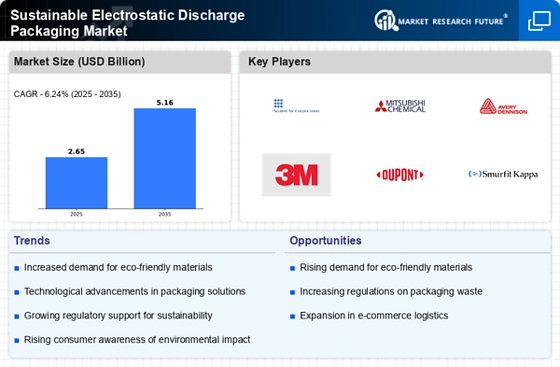
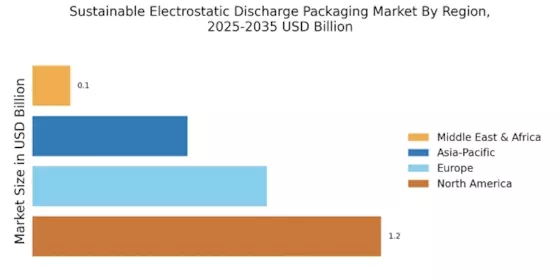

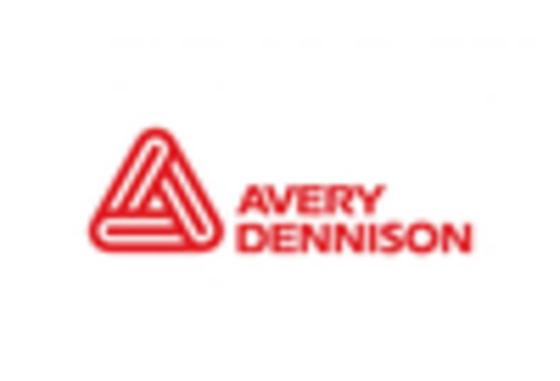


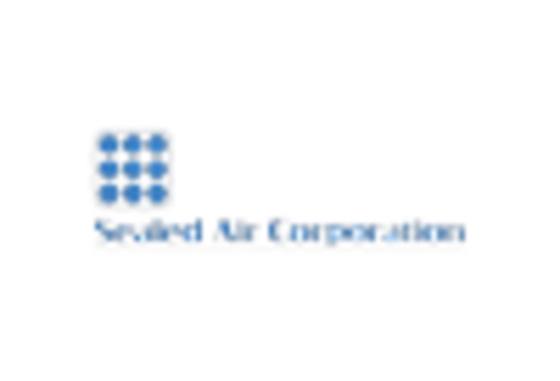
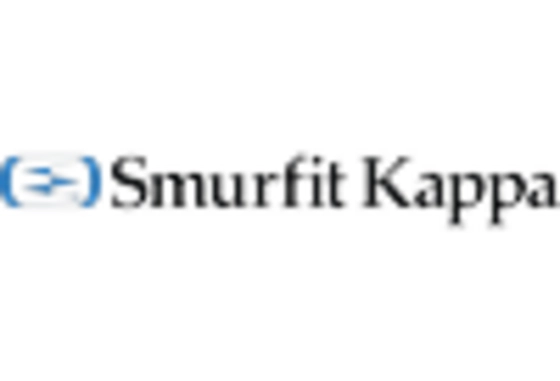








Leave a Comment